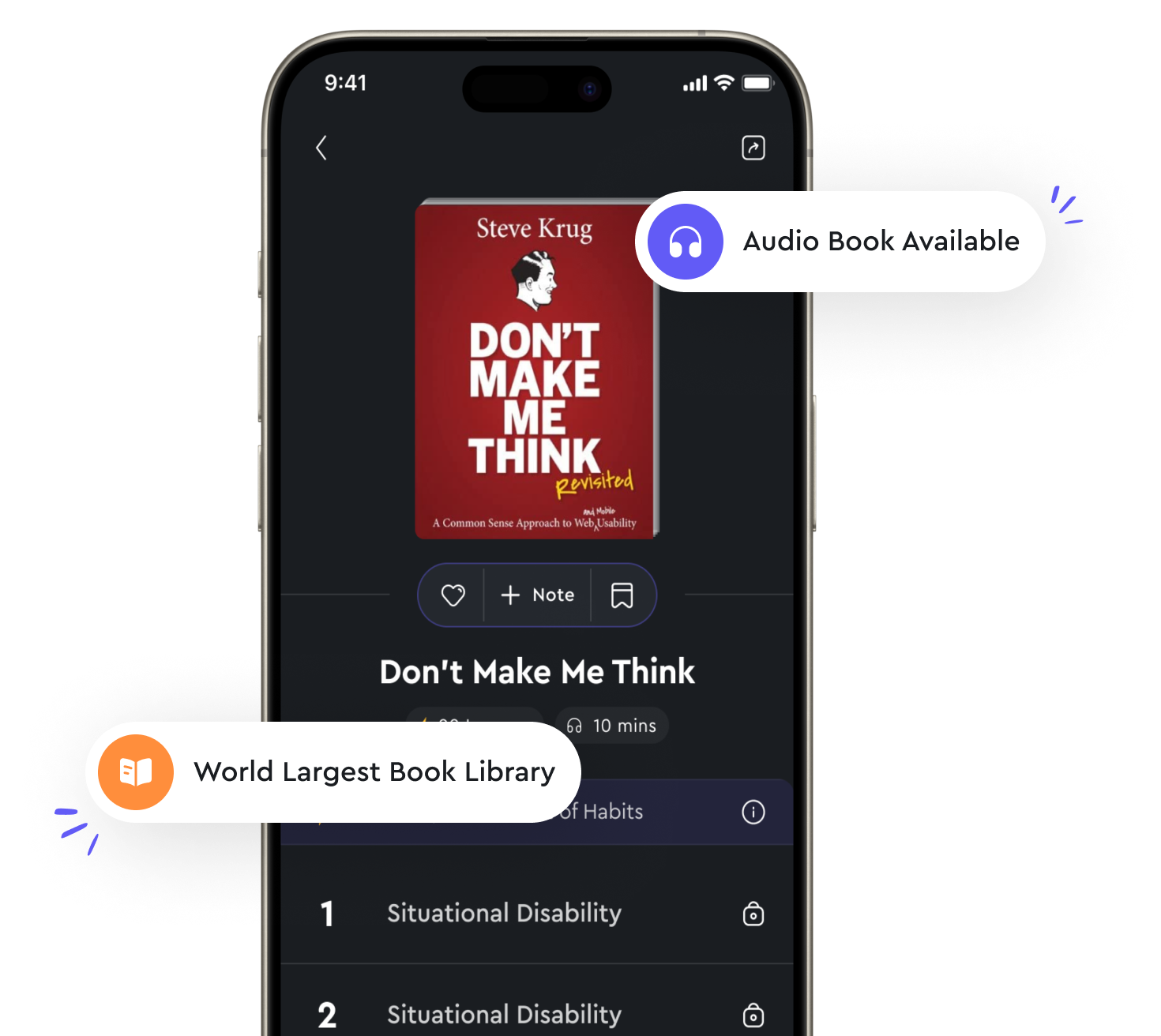ARIA roles enhance user experience from "summary" of Web Accessibility by Yeliz Yesilada,Simon Harper
In the realm of web accessibility, the concept of ARIA roles plays a crucial role in enhancing the overall user experience. ARIA roles are essential in providing additional information to assistive technologies, allowing users with disabilities to navigate and interact with web content more effectively. By assigning ARIA roles to elements on a web page, developers can convey important information that may not be apparent from the visual layout alone. One key aspect of ARIA roles is their ability to define the purpose and functionality of different elements on a web page. This clarity is especially important for users who rely on screen readers or other assistive technologies to access content. By clearly defining the roles of different elements, developers can ensure that all users, regardless of their abilities, can understand and interact with the content as intended. Another advantage of ARIA roles is their ability to improve the structure and organization of web content. By using ARIA roles to designate different sections or regions of a web page, developers can create a more logical and coherent layout that is easier for users to navigate. This improved structure not only benefits users with disabilities but also enhances the overall user experience for all visitors to the site. Furthermore, ARIA roles can help to create a more seamless and intuitive user experience by providing additional context and information. For example, ARIA roles can be used to indicate when a certain element is interactive or when a form field requires input. This additional information can help users understand how to navigate and interact with the content more effectively, leading to a more engaging and user-friendly experience.- The concept of ARIA roles is essential for improving web accessibility and enhancing the user experience for all visitors. By providing clear, structured, and informative content, developers can ensure that their websites are inclusive and accessible to everyone, regardless of their abilities. Through the strategic use of ARIA roles, developers can create a more user-friendly and engaging experience that benefits all users.

